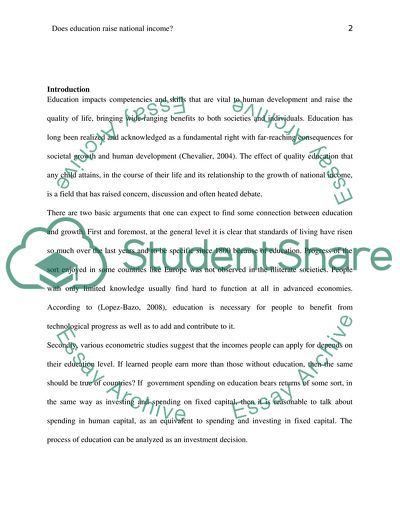Cite this document
(Does Education Raise National Income Coursework, n.d.)
Does Education Raise National Income Coursework. https://studentshare.org/macro-microeconomics/1799658-econometric-project
Does Education Raise National Income Coursework. https://studentshare.org/macro-microeconomics/1799658-econometric-project
(Does Education Raise National Income Coursework)
Does Education Raise National Income Coursework. https://studentshare.org/macro-microeconomics/1799658-econometric-project.
Does Education Raise National Income Coursework. https://studentshare.org/macro-microeconomics/1799658-econometric-project.
“Does Education Raise National Income Coursework”. https://studentshare.org/macro-microeconomics/1799658-econometric-project.


